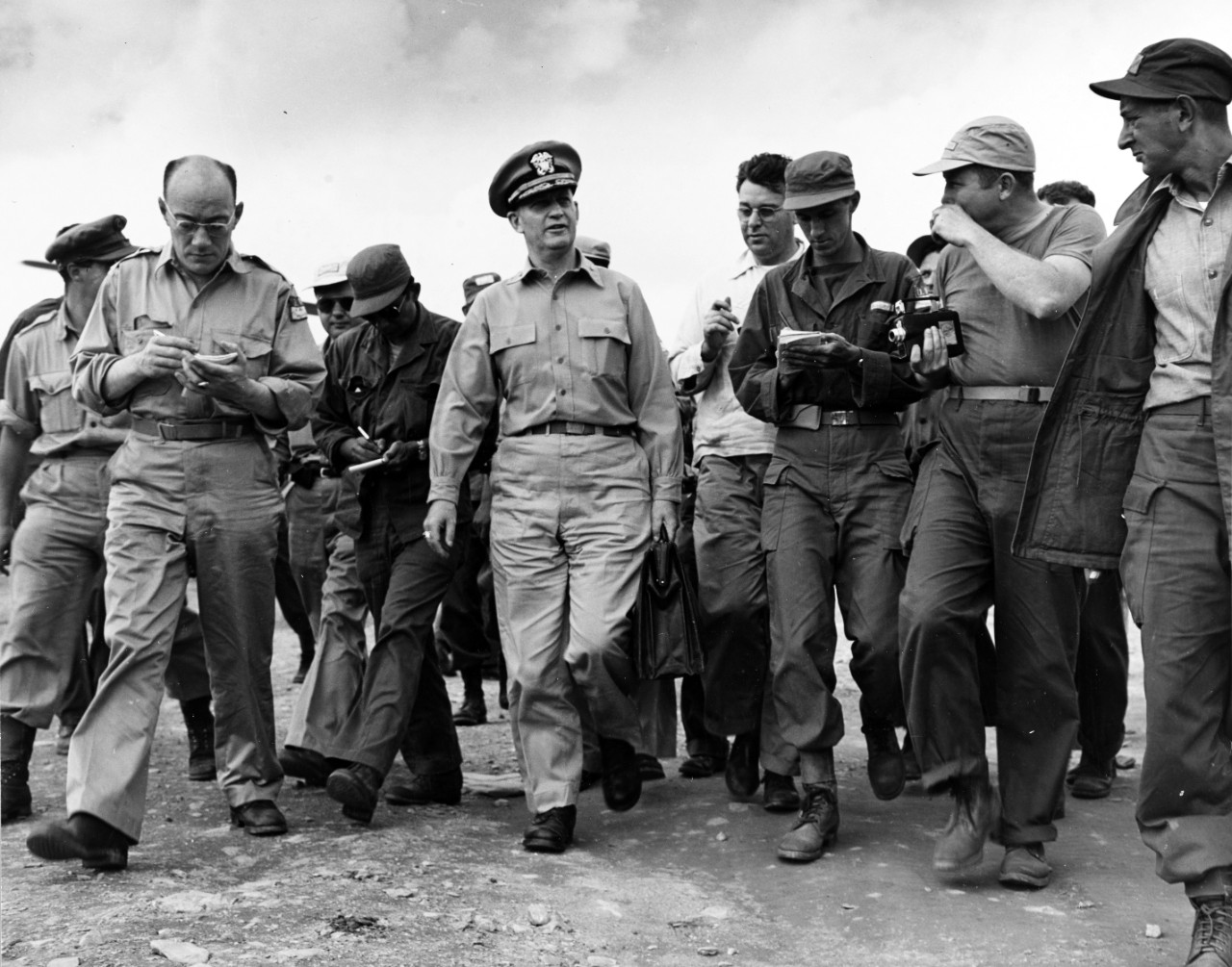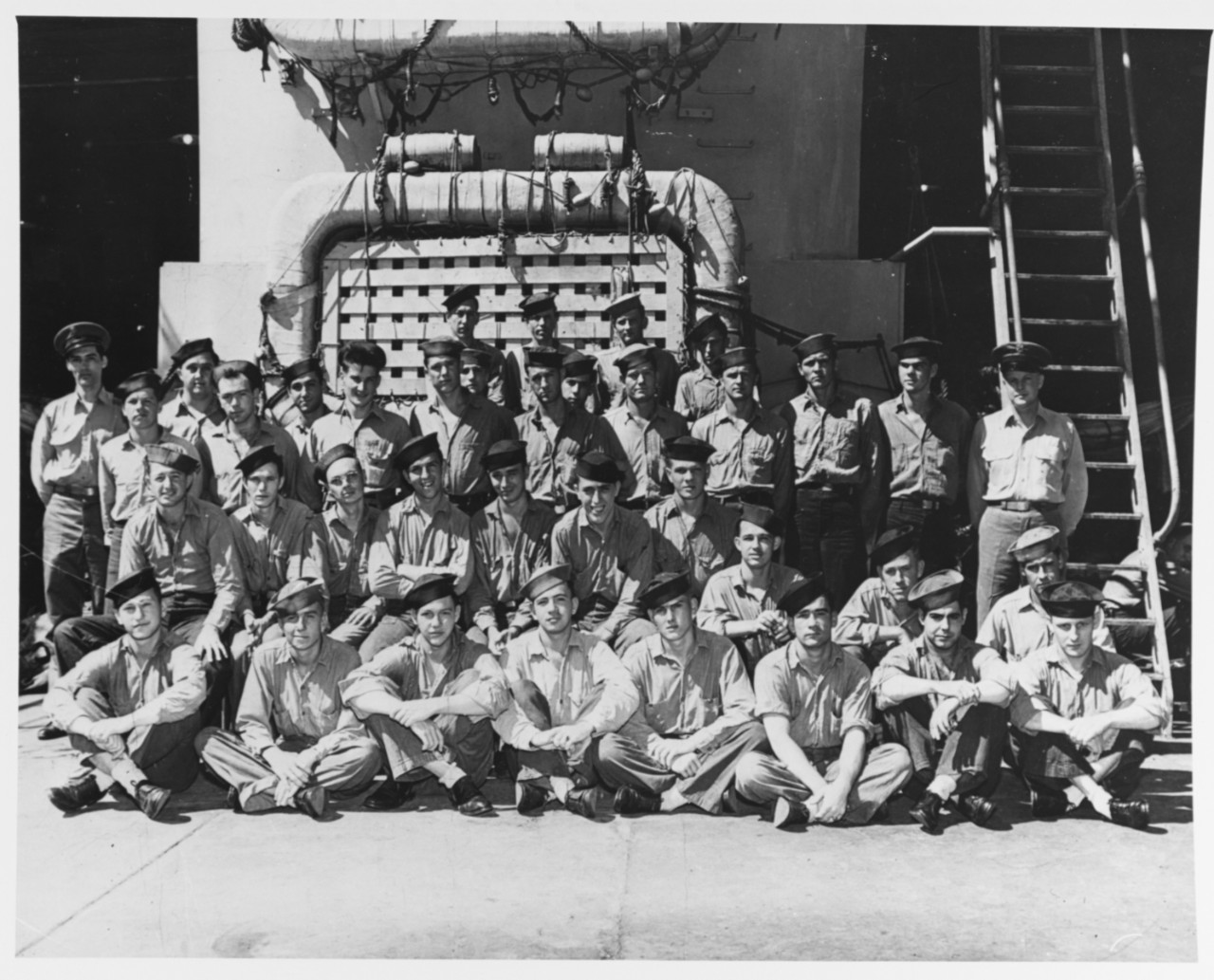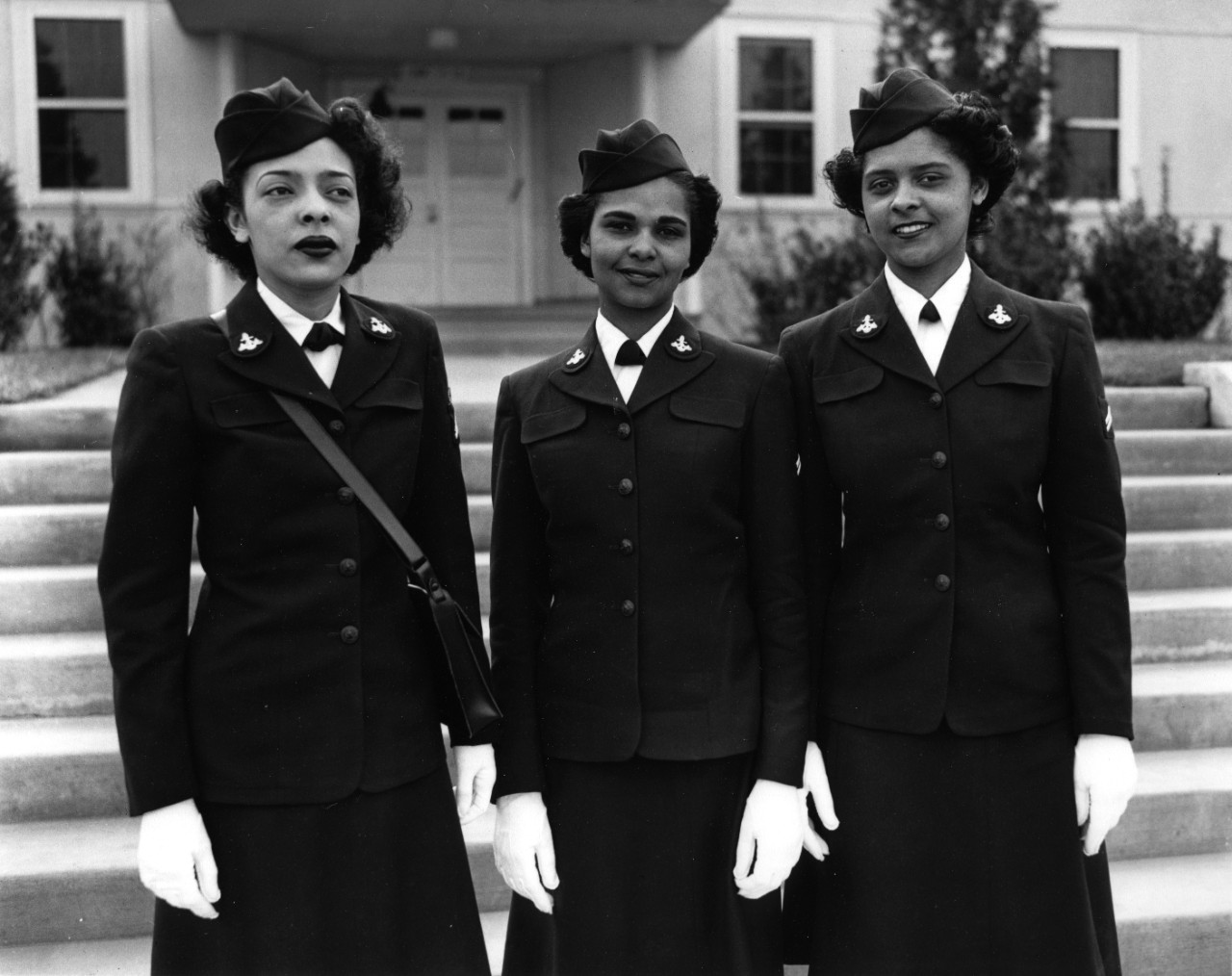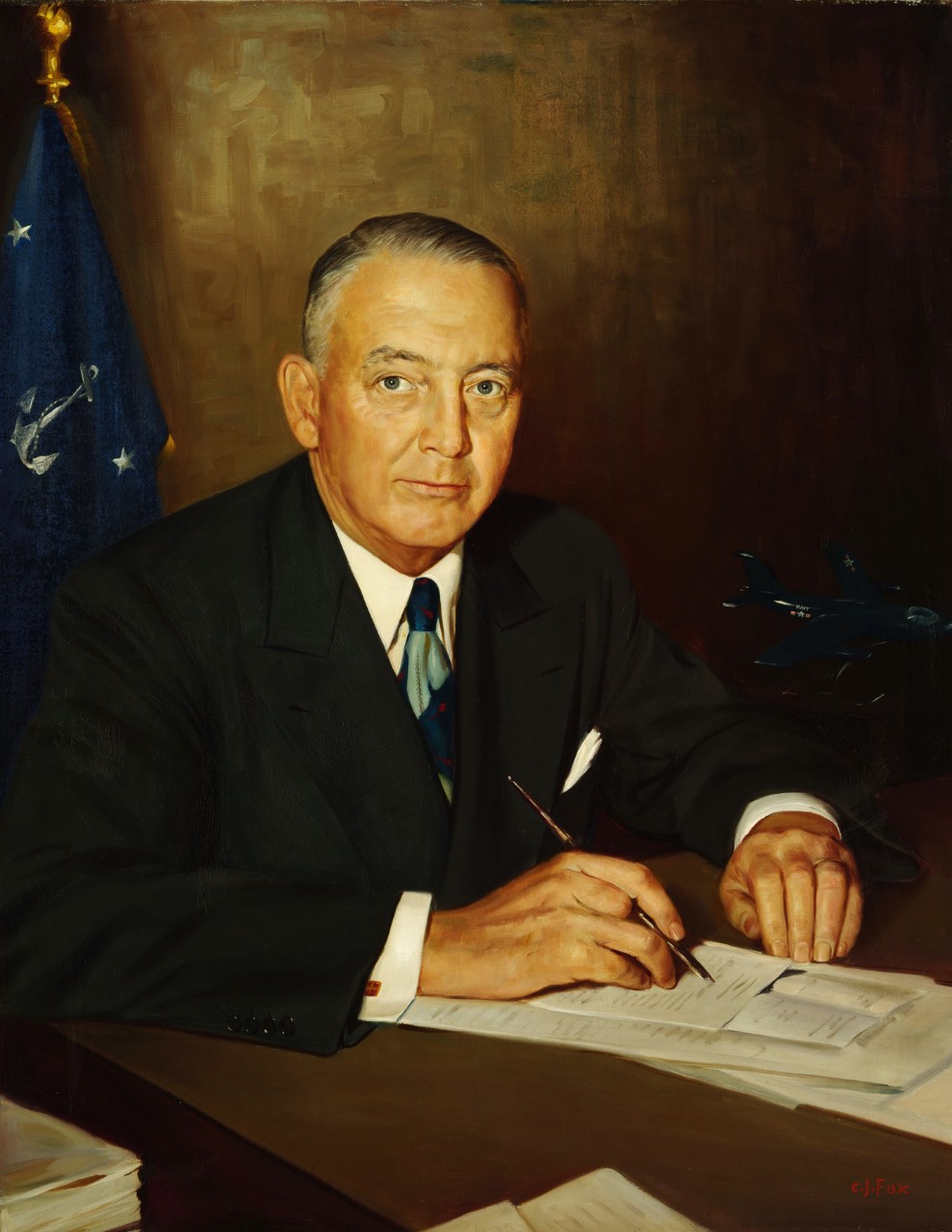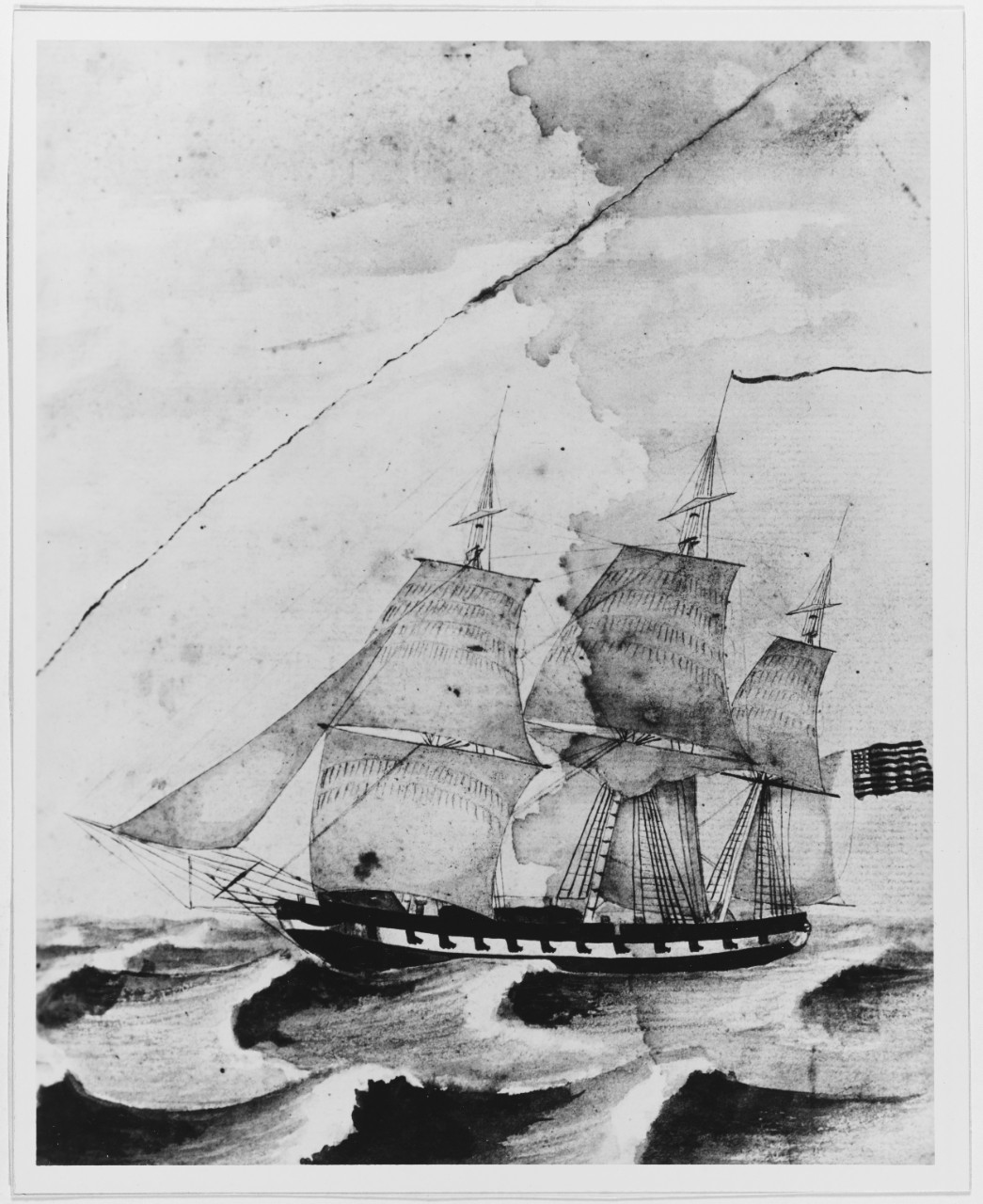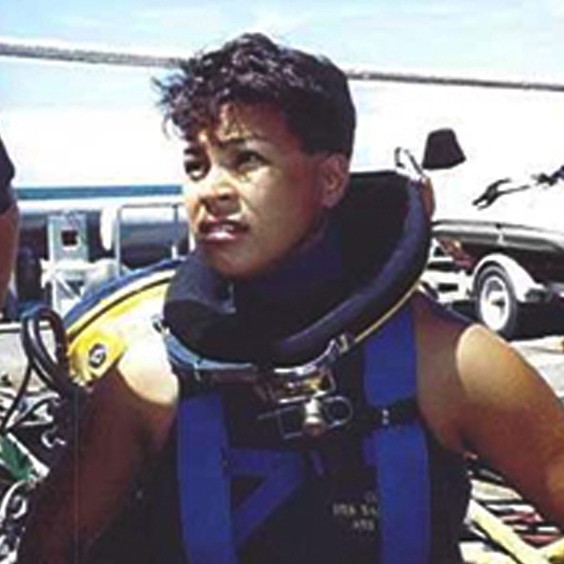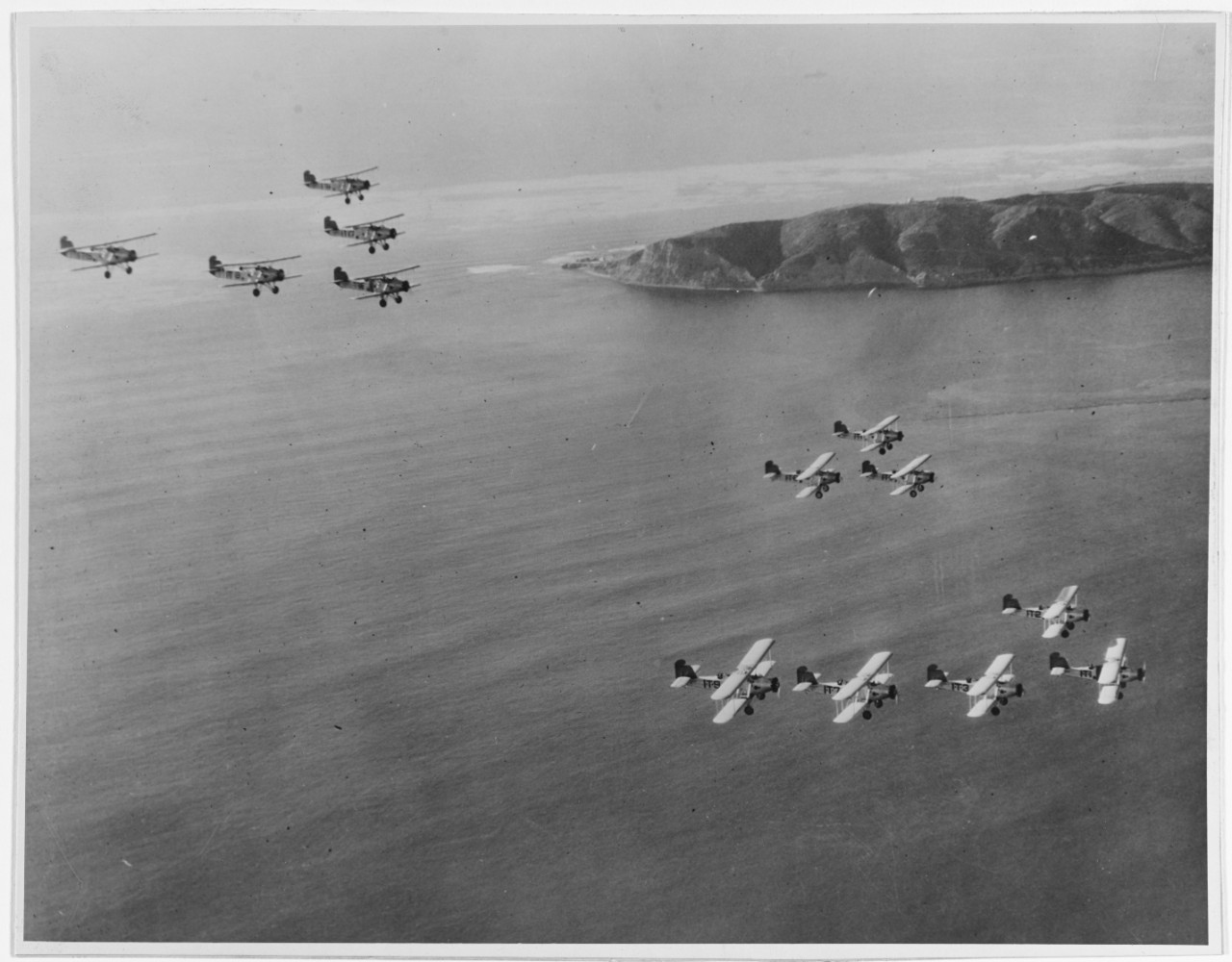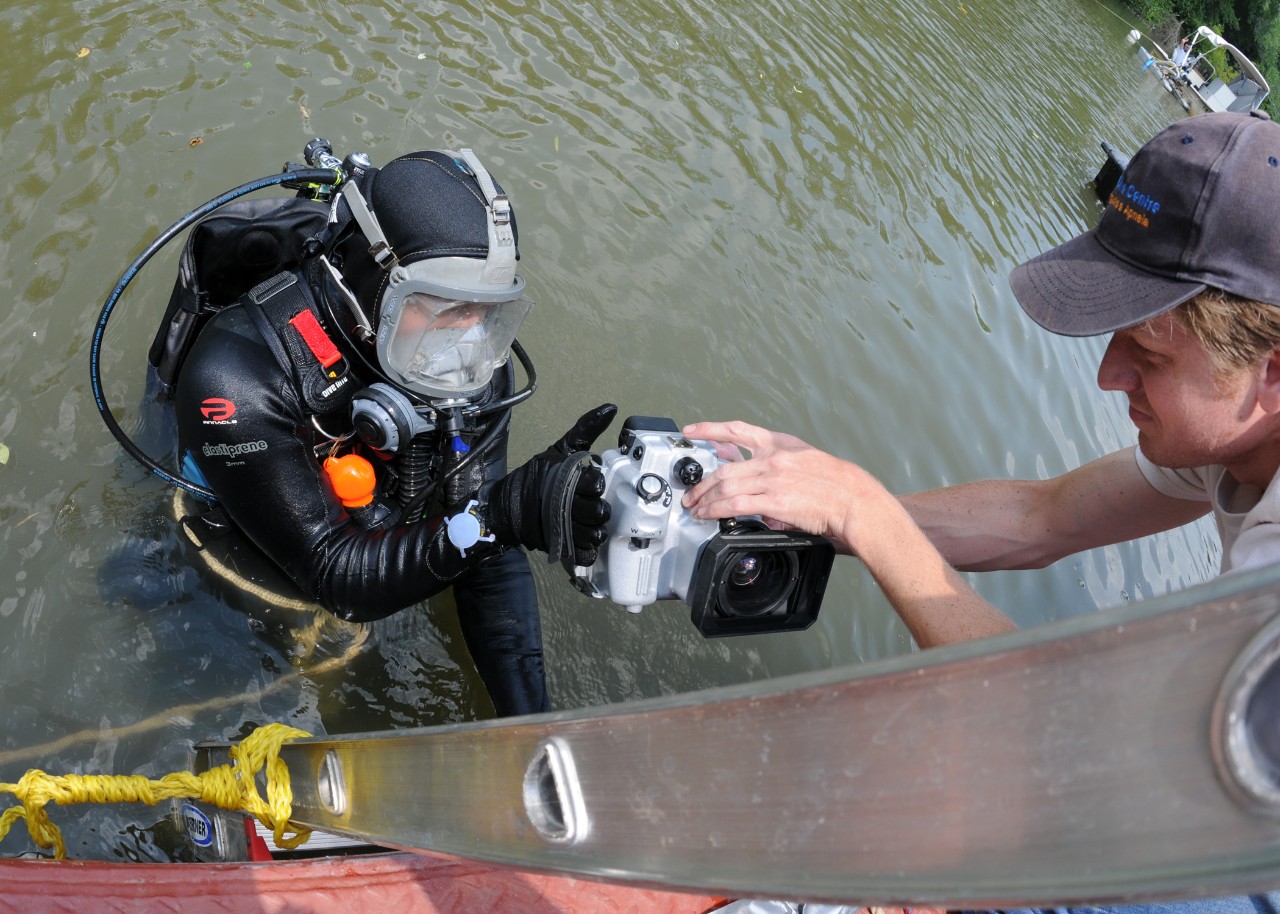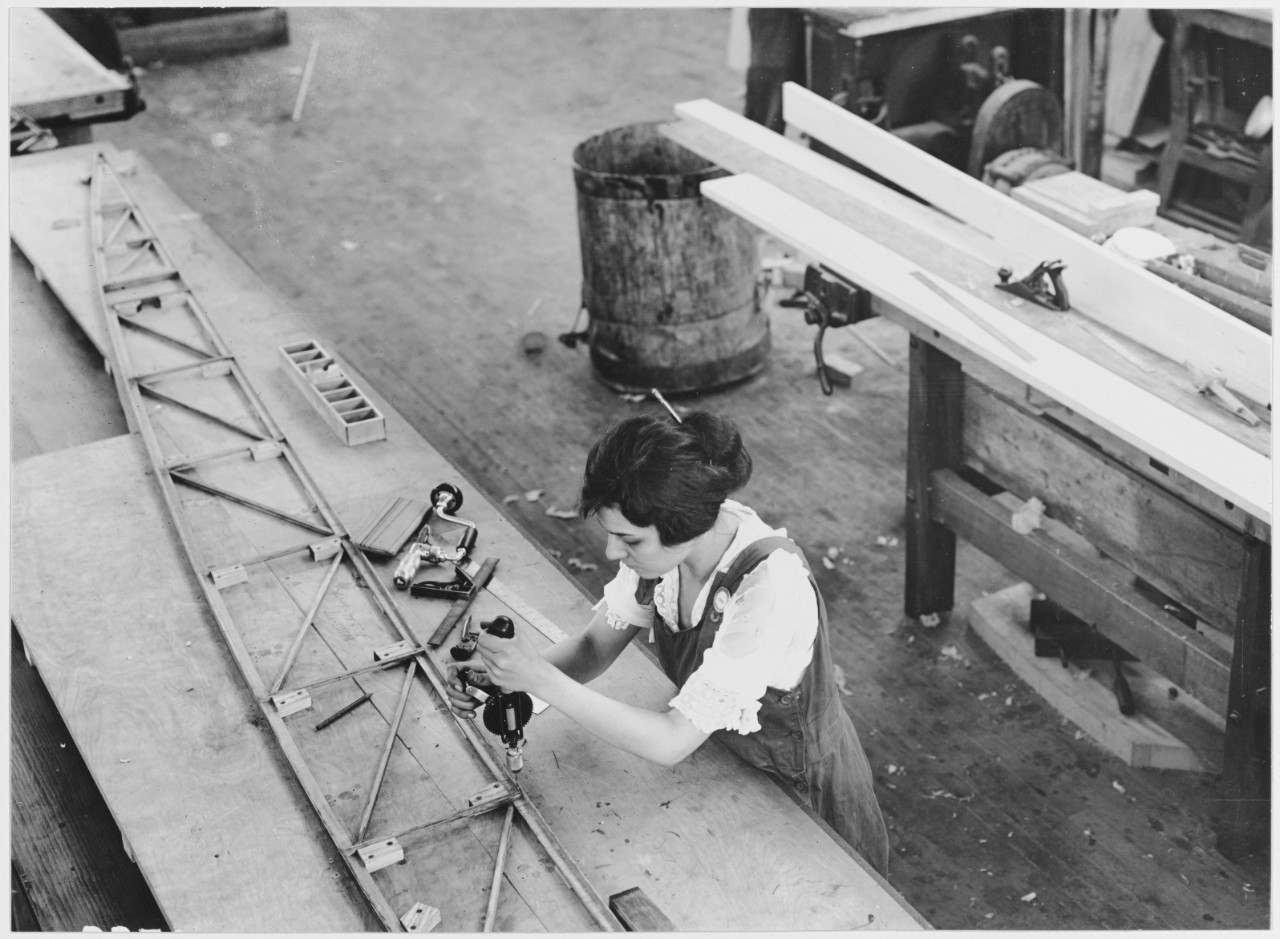Compiled by Brent Hunt and Wendy Arevalo, Naval History and Heritage Command’s Communication and Outreach Division.
National Korean War Veterans Armistice Day, July 27
On July 27, the nation honors the service members who defended the Korean peninsula against the spread of Communism in what became the first major conflict of the Cold War. National Korean War Veterans Armistice Day is celebrated each year to mark the day—July 27, 1953—when North Korea, China, and the United Nations signed an armistice suspending all hostilities. Often called the “forgotten war,” the three-year conflict claimed the lives of more than 36,000 Americans. The Navy played a large role in two major operations early in the war, Inchon and Chosin, and was involved in numerous clashes in the air and off the Korean coast that occurred throughout the duration of the conflict. To learn more about the Korean War, go to NHHC’s website. In addition, to learn more about the Navy’s role in the war, check out the National Museum of the U.S. Navy’s exhibit, Korea 1950–53: the Navy in the Forgotten War.
Anniversary of the Sinking of USS Indianapolis
July 30, 2021 marks 76 years since the cruiser USS Indianapolis (CA-35) sank after being torpedoed by a Japanese submarine. The loss of Indianapolis occurred only days after she had completed a secret mission that directly contributed to the end of World War II. After a successful high-speed run to deliver atomic bomb components to Tinian, the decorated ship continued on to Guam. Indianapolis was en route from Guam to Leyte when she was sunk by the Japanese submarine I-58. Various resources, available on NHHC’s website, document the history of Indianapolis, the Sailors who served aboard her, the crew’s rescue and the aftermath of the tragedy, and the discovery of the ship’s wreck on Aug. 19, 2017.
WAVES Established
On July 30, 1942, President Franklin D. Roosevelt signed the act establishing WAVES (Women Accepted for Volunteer Emergency Service). During World War II, more than 80,000 officers and enlisted women served in the WAVES. The conflict was marked by several milestones for female naval personnel, among them the Navy’s first female doctor, lawyer, bacteriologist, and computer specialist. Later Rear Adm. Grace Hopper helped develop the Mark I computer as a member of a team assigned to the Harvard University Computation Laboratory during World War II.
Dan A. Kimball Becomes 50th Secretary of the Navy—70 Years Ago
Dan A. Kimball was born on March 1, 1896, in St. Louis, MO. In 1917, he joined the Army Air Corps and served as a World War I pilot. At war’s end, he decided to leave the service to pursue a career in business. In 1920, he became a manager for the General Tire and Rubber Company. In 1942, he became vice president of the corporation. In 1944, Kimball became the head of the Aerojet Engineering Corporation—a General Tires subsidiary that manufactured rocket engines. At Aerojet, he was in charge of the development of rockets and other advanced means of propulsion. He helped develop the jet-assisted take-off equipment which enabled military jets to launch from short runways and aircraft carriers during World War II. President Harry S. Truman nominated him for Assistant Secretary of the Navy (Air) on Feb. 11, 1949. Three months later, he became Under Secretary of the Navy. On July 31, 1951, he took office as the Secretary of the Navy, serving until January 1953. His tenure is marked by the Korean War, expansion of the nation's defense, and technological progress in aviation, engineering and other defense-related fields. Secretary Kimball passed away on July 30, 1970.
Mexican-American War@175—Sailors and Marines Take Possession of San Diego
On July 29, 1846, in the early months of the Mexican-American War, a detachment of Marines and Sailors from the sloop USS Cyane, under the command of Cmdr. Samuel F. DuPont, landed in San Diego and took possession of the Mexican province by raising the U.S. flag. Accompanying the group were 150 riflemen from Army Col. John C. Fremont’s California Battalion. However, San Diego didn’t stay under U.S. control for long: Mexican Californians took it back more than once. Earlier that month, Sailors and Marines had taken possession of two northern California territories—Monterey and Yerba Buena (San Francisco). Although the catalyst for the Mexican-American War had been the U.S. annexation of Texas, an expansionist-minded United States used the opportunity to further annex Mexican territory. The war ended with the signing of the Treaty of Guadalupe Hidalgo on Feb. 2, 1848, and established boundaries between the two countries. Mexico ceded 55 percent of its territory to the United States, including Texas to the Rio Grande River, California, Arizona, Colorado, New Mexico, Utah, and Nevada, as well as parts of Oklahoma, Kansas, and Wyoming.
Trailblazing Female Navy Diver Retires
Rear Adm. Bette Bolivar, one of the first female Navy divers, retired this month in Coronado, CA, with 36 years of naval service. Bolivar, a 1985 graduate of the U.S. Naval Academy, was also one of the first Filipino Americans to graduate from the academy. In 1989, she became a Navy diving officer and later a special operations officer in the explosive ordnance disposal and diving and salvage community. Bolivar commanded the rescue and salvage ship USS Salvor (ARS-52) from 1998 to 2000. In 2003, she became the first woman to command Mobile Diving and Salvage Unit 1 in Pearl Harbor, HI. For more, read the article. To learn more about the first Navy women divers, go to Naval Undersea Museum’s website.
High-Altitude Bombsight Tested at Torpedo Station—100 Years Ago
On Aug. 1, 1921, aviators from Atlantic Fleet, Torpedo Plane Division (later renamed Torpedo Plane Squadron 1) successfully tested a high-altitude bombsight, mounted on a gyroscopically stabilized base at Torpedo Station, Yorktown, VA. This was the prototype of the Norden bombsight, developed by Carl L. Norden, a Dutch engineer. The bombsight included a mechanical computer with an autopilot, stabilizer, and optics, which was a significant step forward in higher precision bombing. In 1923, U.S. Navy pilot, Lt. John Jennings Ballentine, tested the first production model of the bombsight, the Mark XI (or Mark 11) at the U.S. Naval Proving Ground in Dahlgren, VA. However, it wasn’t as accurate as hoped (only 20 percent of hits were obtained). The later model, the Navy’s Norden Mark 15, proved more effective. In Oct. 7, 1931, 50 percent of hits were obtained during a bombing demonstration conducted from an altitude of 5,000 feet against the anchored target ship USS Pittsburgh. The Navy ordered 8,353 Norden bombsights between 1932 and the end of World War II, although the accuracy achieved during tests was never replicated in combat.
Webpage of the Week
This week’s Webpage of the Week includes a new article, “25 Years in the Making: The U.S. Navy’s Underwater Archaeology Program,” by NHHC’s own Alexis Catsambis, maritime archaeologist with the Underwater Archaeology Branch. As the UA program at NHHC marks the 25th year of its existence, it finds itself positioned among the leading federal agencies responsible for the management of submerged cultural resources. Its various activities have coalesced around four primary functions—managing the U.S. Navy’s sunken and terrestrial military craft, conducting archaeological research on such sites, maintaining a conservation and curation capability to care for associated artifacts, and engaging in educational outreach initiatives. In the last few years, UA has overhauled its inventory of sunken military craft, which includes nearly 3,000 shipwrecks and more than 15,000 aircraft. They also have led or collaborated in surveys of sites of sunken vessels such as the Conestoga, Houston, Macon, and San Diego, and partnered with external researchers in the discovery of the USS Indianapolis wreck site. Catsambis also provides details on artifact recoveries from the suspected site of schooner USS Revenge, lost in 1811, and the Revolutionary War–era gunboat Royal Savage. Check out the article, which is located on NHHC’s Research Papers, Articles, and Reports pages.
Today in Naval History
On July 27, 1917, Secretary of the Navy Josephus Daniels ordered that the U.S. Naval Aircraft Factory be constructed on vacant land east of the Philadelphia Navy Yard at League Island. The factory’s purpose was to construct aircraft, undertake aeronautical developments, and provide aircraft construction cost data for America’s entry into World War I. It became a principal supplier of H-16 and F-5L flying boats which naval forces used in Europe on scouting patrols for German U-boats during the war. The factory was also known for helping to introduce women into occupations previously only open to men. Following the war, the factory tested and manufactured aircraft to review costs and effectiveness. During the later stages of World War II, the aircraft factory was disestablished.

